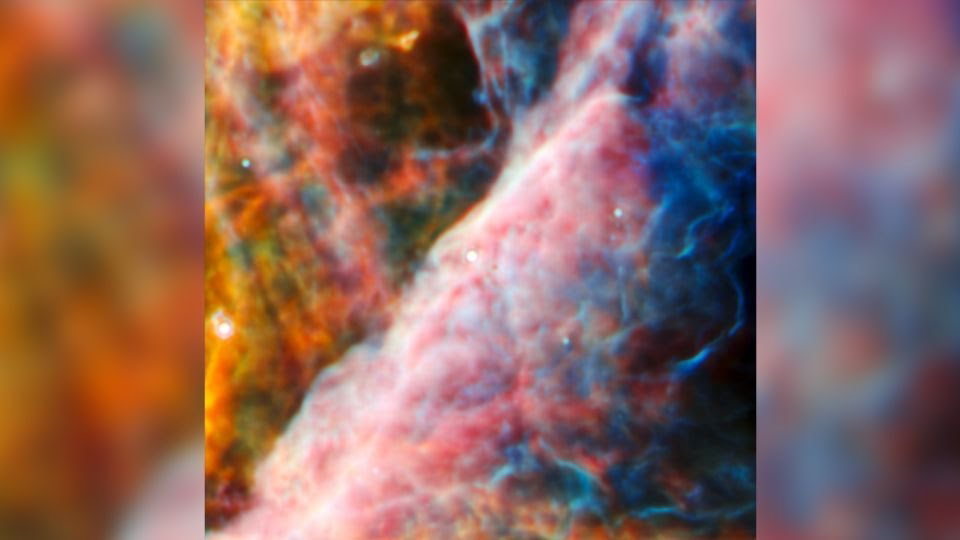NASA's X-59: Paving the Way for Quieter Supersonic Flight

For decades, the piercing sonic boom has kept commercial supersonic aircraft from traveling over land. NASA's revolutionary X-59 QueSST (Quiet SuperSonic Technology) aircraft aims to change that. This experimental plane is meticulously designed to break the sound barrier with a gentle 'thump' rather than an ear-splitting boom, potentially opening the door to a new era of faster-than-sound air travel. The Need for Quieter Flight Since the Concorde's retirement in 2003, commercial supersonic flight has been largely absent. The primary reason lies in the sonic boom – a shockwave created when an aircraft travels faster than the speed of sound. Traditional supersonic aircraft generate booms that are disruptive and can even cause damage on the ground, leading to restrictions on supersonic travel over land. The X-59 Solution The X-59's unique design is the key to its quiet flight. Its elongated nose, carefully sculpted fuselage, and specially positioned wings w...





